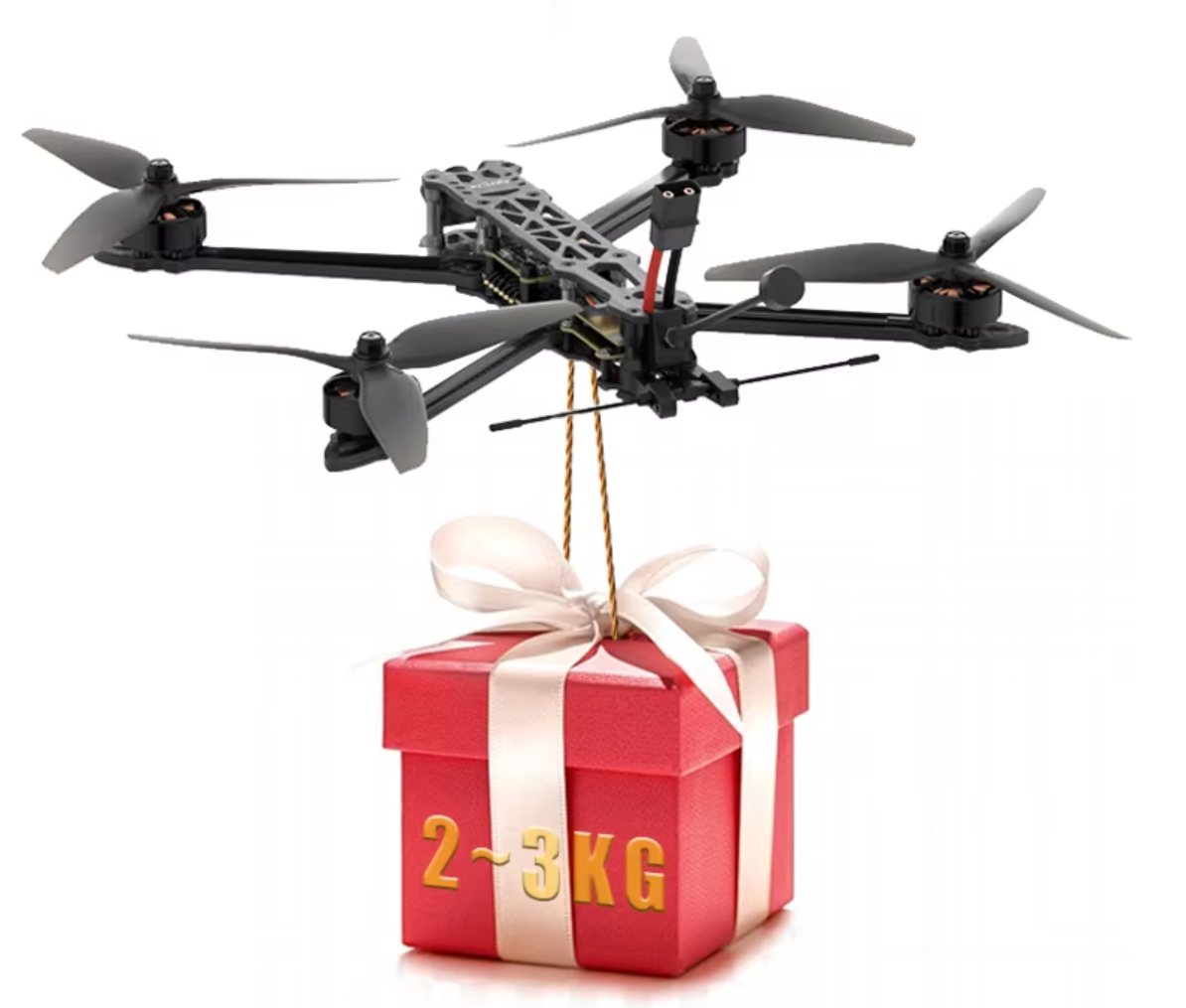Research on Control Method of Power Flow Simulation Device Based on LabVIEW
In 2018, researchers Bai Yi, Shi Yanyan, Zhang Qiaojie, and Bai Lianping from the School of Automation at Beijing University of Information Science and Technology published a study in the first issue of *Electrical Technology*, highlighting the promising future of tidal power generation. They introduced a laboratory-based experimental setup that served as a foundational step for offshore tidal energy trials. This device aimed to simulate real-world conditions, enabling preliminary research into the performance of tidal current generators.
A critical component of the power flow simulation system is the frequency control of a three-phase asynchronous motor using a frequency converter. To achieve this, the LabVIEW platform was utilized to create an intuitive interface and block diagram for operation. VISA technology facilitated data transmission, while RS485 communication enabled continuous control of the inverter, allowing the motor to drive a two-way impeller pump and simulate water flow. This approach provided a reliable method for studying tidal energy conversion in controlled environments.
As traditional fossil fuels become increasingly unsustainable due to their limited reserves, environmental impact, and non-renewability, ocean energy has emerged as a viable alternative. Tidal, wave, temperature gradient, and salinity difference energy sources offer high energy density, predictability, and vast storage potential. These characteristics make them highly attractive for future renewable energy systems.
However, conducting offshore tests for tidal power generation is costly and complex. To address this challenge, the development of a laboratory-scale simulation device became essential. Such a device allows researchers to conduct preliminary studies on tidal current generators without the need for expensive field trials. This paper explores the design and control methods of a tidal current power generation simulation system, aiming to support early-stage research in a controlled setting.
The tidal power generation system consists of several key components: a confluence hood, flow hood, generator lead, generator support, permanent magnet generator, draft tube, and an "S"-shaped bidirectional impeller. The device creates a closed-loop water flow system with controllable velocity, enabling accurate simulation of various tidal conditions. The system includes a motor, two-way impeller pump, connecting flange, conductor, plexiglass guide, impeller direct drive generator, auxiliary seal, flow sensor, and bend pipe.
The host computer calculates the required water flow speed based on tidal current parameters and sends signals to the frequency converter. The inverter then controls the motor, which drives the pump to generate the desired flow, mimicking different tidal scenarios.
In terms of control methods, three approaches were considered: manual control via the inverter's buttons, analog signal input, and serial communication commands. While manual control is straightforward, it lacks automation and precision. Analog input offers some flexibility but is less accurate. Serial communication, particularly through Modbus protocol, provides high accuracy and programmable control, making it ideal for simulating realistic power flow conditions.
LabVIEW, a powerful tool for virtual instrumentation, was used to develop the control interface. It offers a user-friendly front panel, graphical programming, and robust debugging features. Combined with VISA and RS485 communication, it enables seamless interaction between the host computer and the inverter.
The Modbus RTU protocol was chosen for its reliability and efficiency. It supports fast data transfer, error checking, and compatibility with various hardware. The ACS550 inverter, used in this system, communicates via RS485 and operates in RTU mode, ensuring efficient data exchange.
The communication process involves configuring the serial port, initializing the inverter, sending control commands, converting frequency values, calculating CRC checks, and transmitting the final data frame. After testing, the system demonstrated consistent results with actual tidal flow conditions, proving its effectiveness in simulating real-world scenarios.
The experimental results showed that the system could accurately control the motor's speed and simulate varying flow rates. Users could easily adjust frequencies through a simple interface, making the system both practical and user-friendly.
Overall, the designed simulation device offers a compact, cost-effective, and efficient solution for tidal power research. It enables detailed studies on impeller design, energy conversion efficiency, and generator performance, laying the groundwork for future offshore trials. This work contributes significantly to the advancement of renewable ocean energy technologies.
FPV Drones 7 10 13 Inch Heavy Payload Long time Flight with Night Vision Camera Racing FPV Drones,I hope this drone can bring you passion and happiness. Please do not use it for war


FPV uav used for throwing,Night Vision Camera Racing FPV Drones,Customized Throwing FPV drone,FPV Unmanned Aerial Vehicle Used for Throwing
Jiangsu Yunbo Intelligent Technology Co., Ltd , https://www.fmodel-ai.com